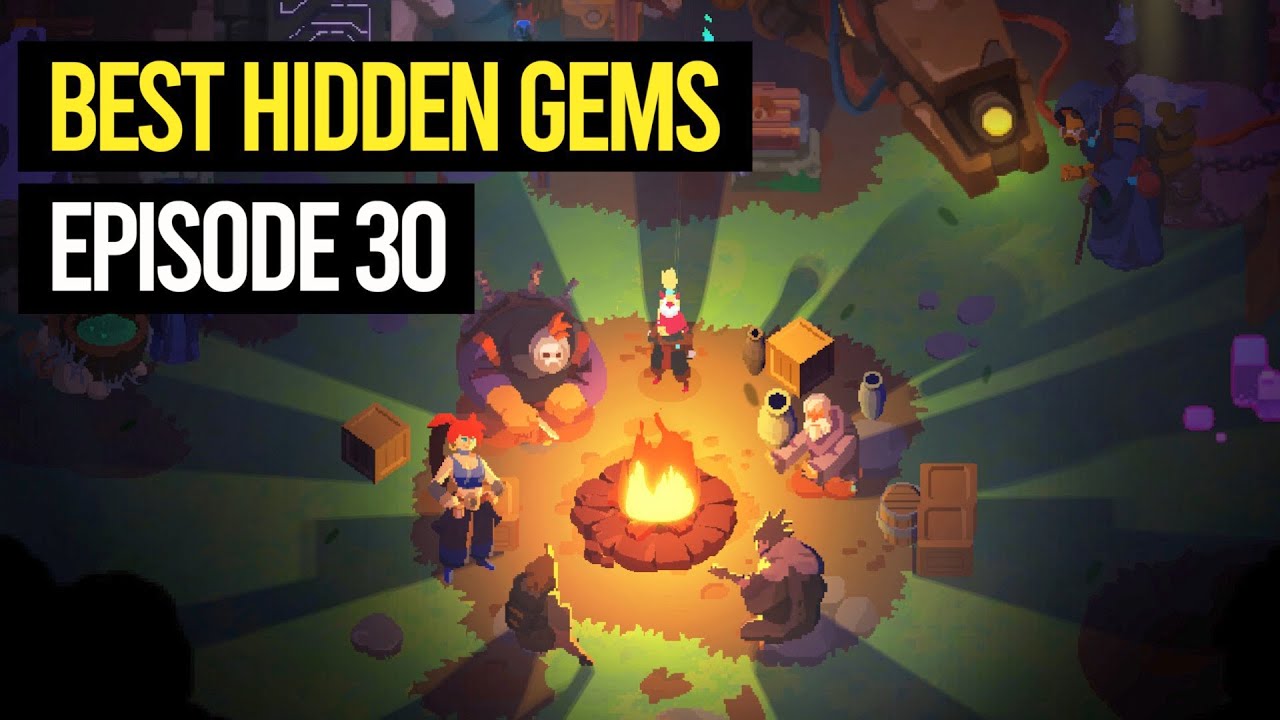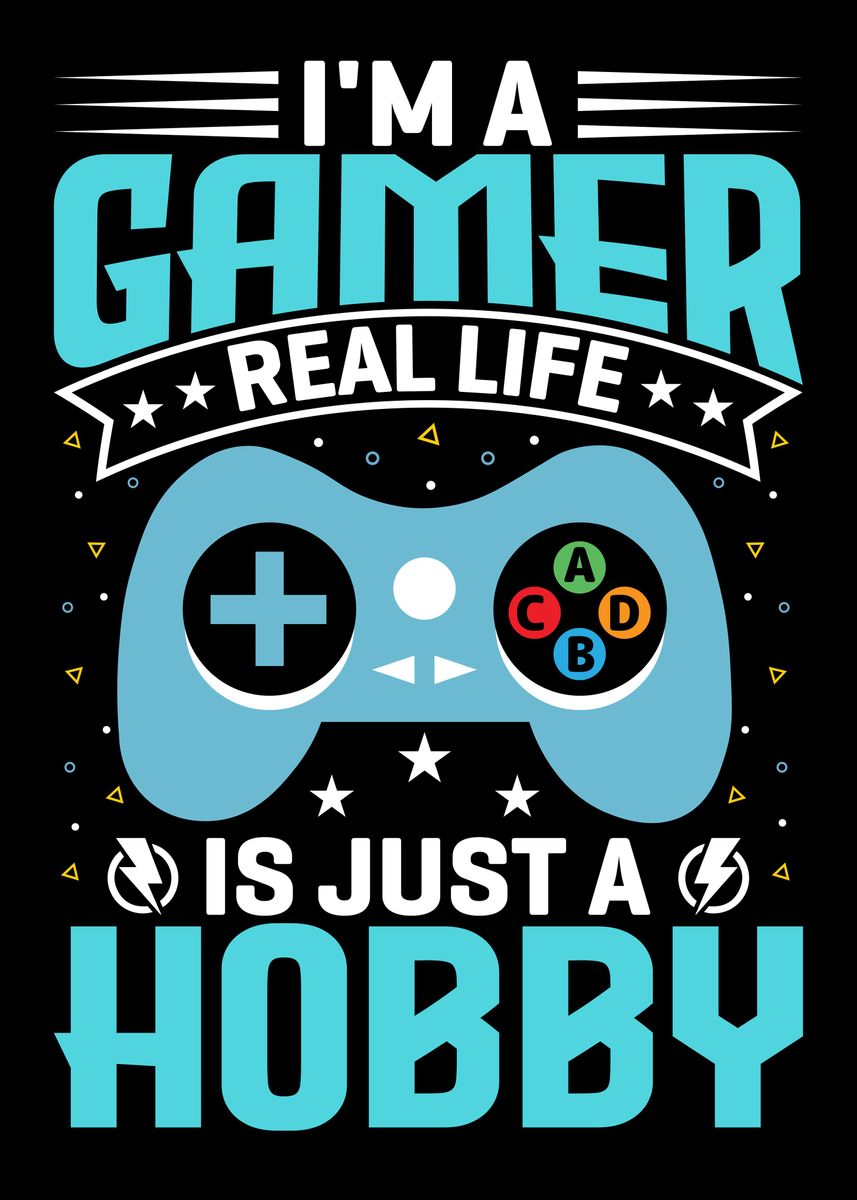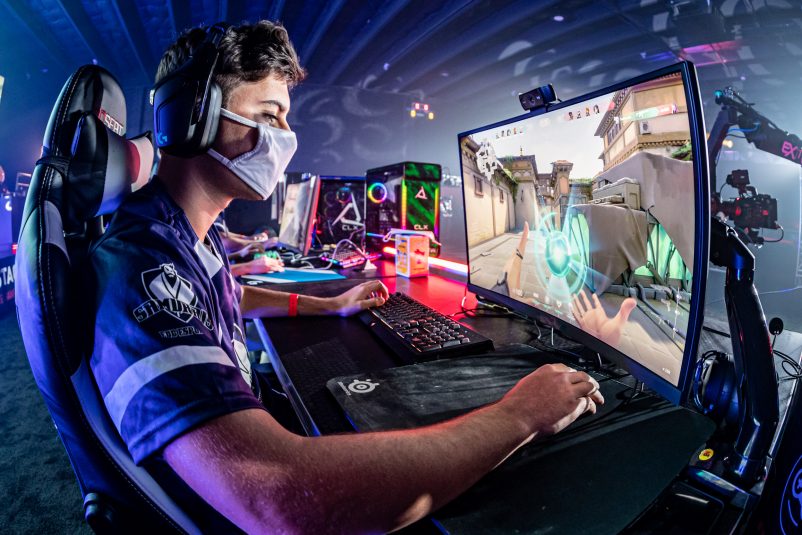Uncovering the Secrets Behind Game Design and Development
In the fast-paced world of video games, players are often captivated by the innovative and immersive experiences they encounter. Behind these captivating games lie the secrets of game design and development, the magic that brings our virtual worlds to life. If you’ve ever been curious about the process of creating these digital wonders, you’ve come to the right place!
In this blog post, we will explore the secrets behind game design and development, shedding light on the intricate process that turns ideas into interactive experiences. Whether you are an aspiring game developer, a gamer curious about the behind-the-scenes action, or simply someone interested in the craft, this post will provide valuable insights into the world of game design.
1. The Game Design Process:
Game design is the foundation upon which an engaging game is built. It involves defining the concept, mechanics, characters, levels, and story. Game designers conceptualize the game experience, creating a blueprint for the development team to follow. Key aspects of the game design process include brainstorming, prototyping, playtesting, and iteration.
2. Game Development Roles:
Game development is a collaborative effort that requires a variety of specialized roles. These include game designers, programmers, artists, animators, audio engineers, and quality assurance testers. Each role contributes their expertise to turn the game design into a fully functional and visually appealing game.
3. Game Engines and Tools:
Game developers rely on powerful software tools and engines to bring their visions to life. Popular game engines like Unity, Unreal Engine, and Godot provide a framework for building games, offering tools for game logic, physics simulations, rendering, and more. These engines simplify the development process and allow developers to focus on creativity.
4. Iteration and Testing:
Games go through multiple iterations and extensive testing to ensure they are enjoyable, visually appealing, and bug-free. Playtesting involves collecting feedback from players to identify any flaws or areas for improvement. Developers analyze this feedback and make iterative changes to the game, refining the experience until it meets their vision.
5. Balancing Fun and Challenge:
Game design is all about finding the delicate balance between providing players with a fun experience and challenging them enough to keep them engaged. Creating gameplay mechanics, puzzles, and enemy encounters that feel fair and rewarding is a constant focus for game designers through playtesting and tweaking.
6. Storytelling and Narrative Design:
Many games incorporate captivating stories and narratives to immerse players in the game world. Narrative designers craft the game’s plot, develop interesting characters, and create compelling dialogue. The storytelling elements are carefully weaved into the gameplay to provide a cohesive and engaging experience.
7. Visual and Audio Design:
Visual and audio design play a crucial role in creating immersive game worlds. Artists and animators bring the game to life with stunning visuals, while audio engineers compose soundtracks, sound effects, and voiceovers to enhance the atmosphere. These elements work in harmony to deliver a memorable sensory experience.
8. Challenges in Game Development:
Game development comes with its share of challenges. Limited resources, technical constraints, tight deadlines, and the need to innovate constantly are some of the common hurdles developers face. Overcoming these challenges requires a combination of creativity, expertise, and effective project management.
9. User Feedback and Community Engagement:
The gaming community’s feedback is invaluable for developers. They actively listen to players’ opinions, suggestions, and criticisms to improve their games. Developers engage with the community through forums, social media, events, and updates to ensure that players feel heard and valued.
10. The Future of Game Design and Development:
The game industry is rapidly evolving, embracing new technology like virtual reality (VR), augmented reality (AR), and cloud gaming. As hardware capabilities advance, game designers and developers have more tools at their disposal to push the boundaries of what’s possible, creating increasingly immersive and interactive experiences.
In conclusion, game design and development is an art form that brings joy, excitement, and entertainment to millions of people. By peeling back the curtain and uncovering the secrets behind game design and development, we hope to have provided valuable insights into the creative process and inspired a new appreciation for the games we love. Whether you dream of creating your own games or simply want to understand the magic behind them, this blog post has given you a glimpse into the fascinating world of game design and development.











